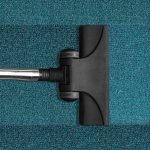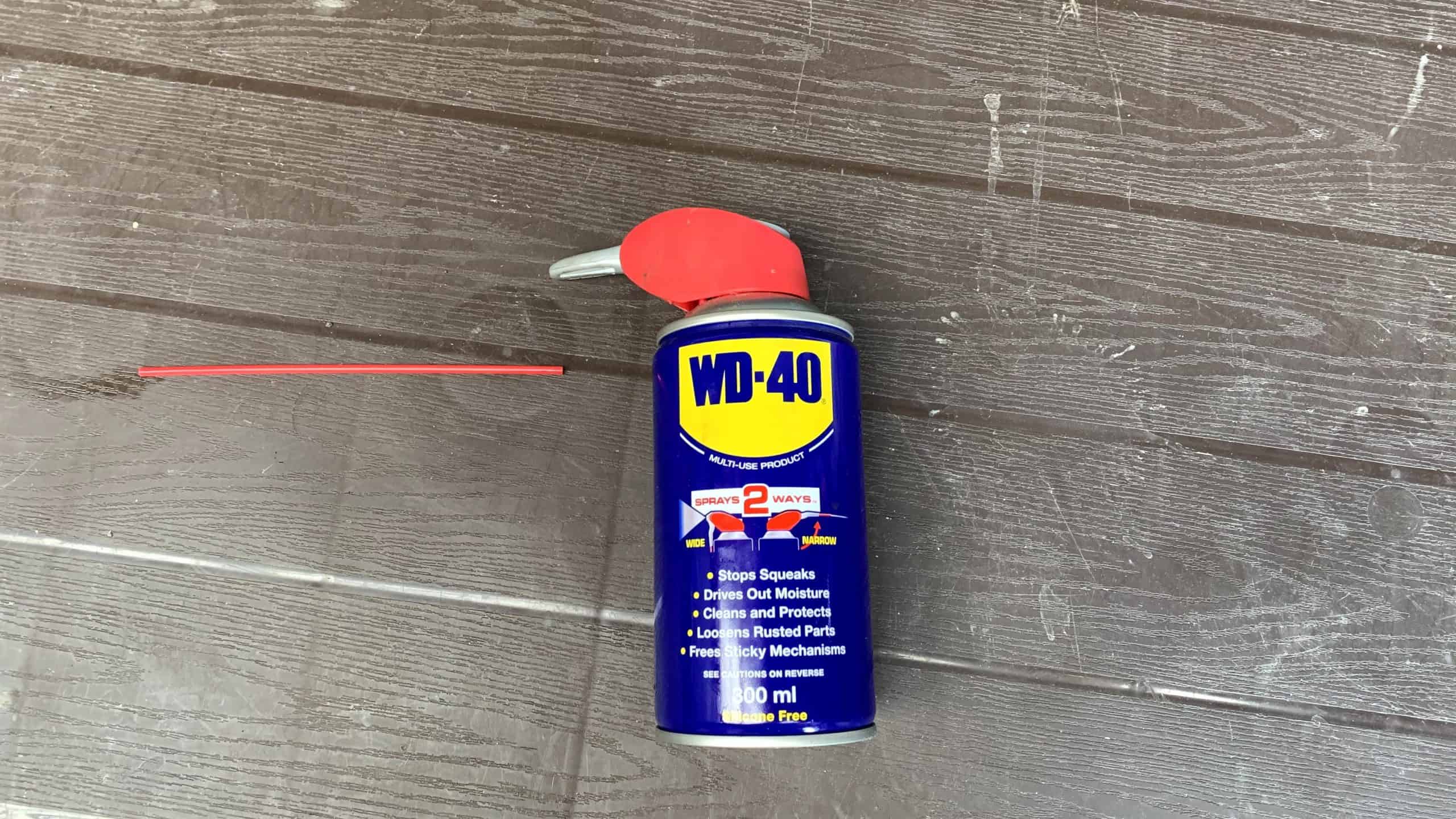WD-40 is one of the most well-known products out there for cleaning, lubricating, and rust prevention. It may have occurred to you to try and use heat to remove these components that are stubborn even after lubrication.
So is WD-40 flammable even when it is dry?
WD-40 is a highly flammable substance even when it’s dry, and care should be taken around heat or open flames. Excess WD-40 should be wiped up and flames or heat should be kept out of confined spaces when WD-40 has been used.
I’ll take you through information on WD-40 regarding its flammable properties and why WD-40 is not the best product for certain applications. We’ll also look at alternative products to be used instead to lower the risk of injury from fire.

How Flammable is WD-40?
WD-40 is a volatile compound that is flammable. Looking at publically available safety sheets reveals that fire hazard is the biggest hazard of the product.
In the United States, this safety information is required to be disclosed to meet regulations on worker safety. This is mainly through the Occupational Safety and Health Administration’s standards.
According to the scheme, WD-40 poses minimal harm to human health. The product’s datasheet lists the fire as the most dangerous hazard. The risk of fire is classified as a severe hazard, which is the highest hazard rating available.
When WD-40 is sprayed and dries, it leaves behind a film of the product. This is by design as WD-40 has one of its main uses of rust prevention. However, the drying process does not alter the flammability of WD-40.
This means that when using WD-40 around heat or open flames care should be taken. For example, if you are using WD-40 to clean areas, the excess should be wiped up if it is near heat or a flame, such as a light socket.
Why Does WD-40 Smell Even When Dry?
WD-40 does have some particularly strong-smelling components. Even when dry, WD-40 will continue to let off vapors that are easily detectable by smell.
Removing this smell may be a priority but heat should not be used to do this. Confined areas will tend to trap the strong smell of WD-40 for some time, but this also means that the confined area can go up in flames should WD-40 be ignited.
Exposure to decent ventilation and sunlight will help remove the smell of WD-40. If possible you can move objects treated with WD-40 temporarily into such areas.
Will WD-40 Remove Rusted Nuts Or Bolts?
WD-40 can be used to get stuck nuts off bolts or to get rid of rust. WD-40’s liquid nature as well as its lubricating properties mean it can help give a stuck bolt or spark plug the necessary easing to remove it.
Liberal amounts of WD-40 may be required to get such stuck bolts out. This means excessive WD-40 will likely remain in the work area, especially down crevices or cracks that it has leaked into.
- Given the vapors and flammable nature of even dried WD-40, care should be taken with excessive heat or fire that could cause the WD-40 to ignite.
Keep in mind that heating up bolts or engine components will be a common tactic to allow stuck components to be removed. Heating can cause expansion of cylinders which may allow stuck objects to come out easier.
While heating can allow the problem bolt to be removed, it can also increase the risk of WD-40 igniting. To minimize this risk, excess WD-40 should be wiped up with a rag before any heat is applied.
What Are The Alternatives To WD-40 For Loosening Bolts?
Rusted, corroded, or stuck automotive components may be better fixed with penetrating oil. These products are difficult to ignite and may be combustible but not highly flammable like WD-40.
Penetrating oils are a type of low viscosity oils that penetrate into confined areas and lubricate them. WD-40 does not get classified as penetrating oil and is not as effective at this particular task.
Amazon lists many top-selling penetrating oil products that will do a better job for stuck bolts. Not only with penetrating oil remove all types of nuts and bolts that WD-40 can’t, but it tends to be less flammable.
PB B’laster is one of the most highly-rated products for the task of removing frozen bolts that seemingly no amount of force will help remove.
PB B’laster also lubricates these stuck metal parts, allowing you to remove them without destroying the threads and making the component unusable.
Penetrating oil’s feature of being able to get even into the smallest gaps makes them ideal for assisting with the loosening of stuck bolts.
Can WD-40 Be Used To Clean And Lubricate?
WD-40 does have water displacement and lubrication properties. The WD in the product name is an abbreviation of water displacement but this does not mean you always want to use it to clean metal.
Proper lubrication requires specific lubricant types for the surface needing it. This means metal lubricants are different from plastic lubricants and the process is more complicated than just adding lubricant to things that you think need it.
WD-40 is not the best option as it does not work in the same way as lubricants. The light lubricating nature of WD-40 means you should look to specialty lubricants for chains, hinges, and other applications requiring a heavy lubricant.
WD-40 works best at being a guard against rust. This means any tools that are exposed to water frequently as well as general corrosion protection are great to use cases for WD-40.
However, WD-40 will not evaporate completely and so care should be taken with open flames or heat.





